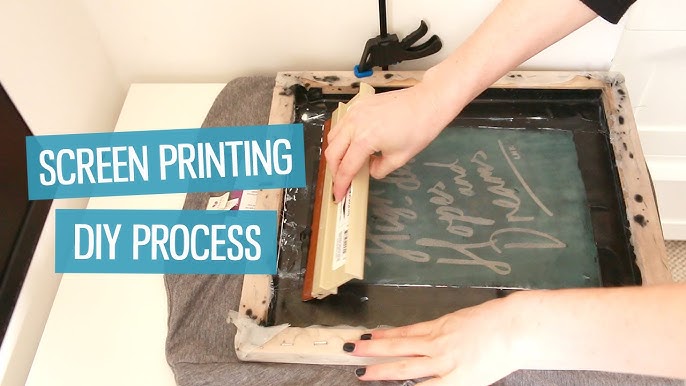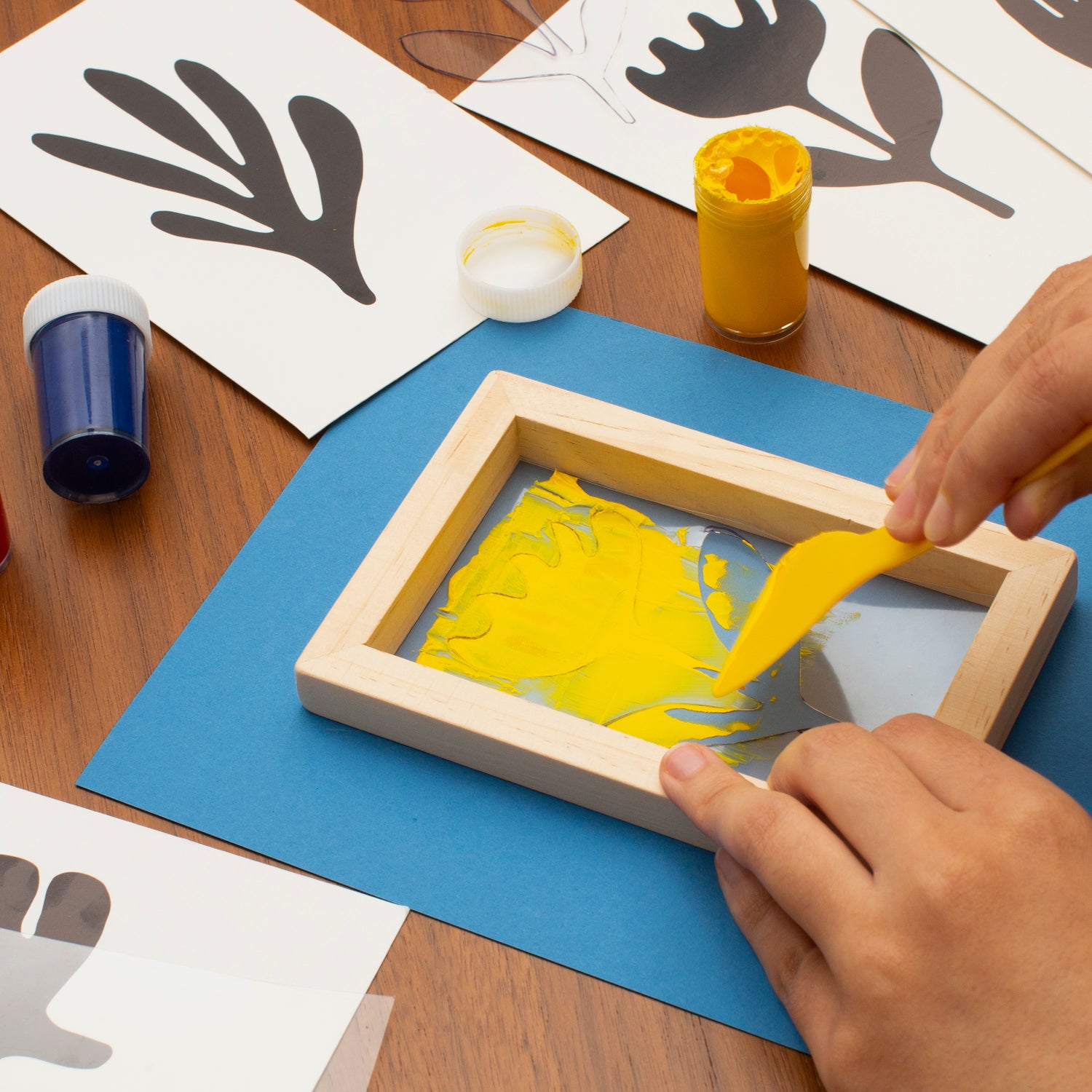ChatGPT said: How to customize your apparel with 10:9 Design Screen Printing in a simple process
The Crucial Overview to Understanding Screen Printing and Its Versatile Uses
Screen printing has a rich history that dates back to ancient times, evolving into a sophisticated method made use of throughout numerous sectors today. This overview discovers the intricacies of the screen printing process, describing its applications in advertising and marketing, home, and style decoration - 10:9 Design Texas. Understanding these fundamentals can open innovative capacity for both creative and commercial tasks. The complying with areas will certainly reveal important pointers and strategies to improve one's screen printing endeavors
The History of Screen Printing
Although screen printing has origins that trace back centuries, its advancement shows the technical and creative advancements of numerous cultures. Coming from old China, the method was originally utilized for decorating fabrics and later spread to Japan, where it became integral to Ukiyo-e woodblock printing. The technique changed to Europe in the 18th century, where it acquired appeal among craftsmens and commercial printers. The creation of photo solution in the 20th century reinvented screen printing, permitting for even more intricate layouts and greater performance. Musicians like Andy Warhol additionally moved its appeal, making use of the medium to produce legendary jobs that combined commercialism and art. By the late 20th century, screen printing had established itself as a functional strategy, employed in fashion, advertising and marketing, and art. Today, it remains to progress, incorporating digital technology and broadening its applications throughout various sectors.
The Screen Printing Process Explained
Screen printing transforms imaginative visions into tangible styles with a collection of accurate steps. An image is produced and after that transferred onto a screen, usually made of great mesh material extended over a framework. A light-sensitive solution is used to the screen, which is subjected to light, hardening in areas not covered by the picture. After washing out the unhardened emulsion, a stencil is formed.
Next, the screen is placed over the substratum, whether it be fabric, paper, or another product. Ink is then pushed via the open locations of the pattern utilizing a squeegee, depositing the style onto the substrate listed below. This procedure can be repeated for multiple colors, calling for different screens for each hue. The printed thing is healed utilizing heat to guarantee the ink adheres properly, resulting in a resilient, lively style ready for use.
Kinds Of Screen Printing Techniques

Additionally, specialty techniques, such as discharge screen printing, get rid of color from the textile to develop softer prints, while aluminum foil screen printing uses metallic foil to achieve a shiny finish (10:9 Design Screen Printing Texas). Each method provides distinct attributes, satisfying numerous innovative requirements and manufacturing ranges, eventually expanding the possibilities within the screen printing domain name
Applications of Screen Printing in Numerous Industries

Additionally, the signage and advertising sectors make use of screen printing for producing attractive displays and banners. This approach enables for bold shades and detailed styles that capture focus. In electronic devices, screen printing is employed for using conductive inks to circuit card, necessary for element connections. In addition, the home décor sector embraces screen printing to produce unique designs on fabrics and wall art. Overall, screen printing functions as a critical device throughout diverse fields, boosting products with customized and visually enticing graphics.
Tips for Successful Screen Printing Projects
While taking on a screen printing project, cautious focus to detail can substantially enhance the last end result. Initially, selecting high-grade materials is crucial; this consists of the screen, inks, and substrates. Making use of suitable mesh matters can affect ink deposition and detail resolution. Prep work is similarly vital; thorough cleansing of displays and proper exposure times ensure crisp prints.
Next off, accurate enrollment is critical for multi-color prints. Using positioning devices can help accomplish exact layering. Additionally, testing prints on scrap products before manufacturing helps determine possible issues without squandering resources.

Frequently Asked Inquiries
What Materials Are Best for Screen Printing on Textile?
Cotton and polyester blends are optimal for screen printing on fabric as a result of their durability and ink absorption. Furthermore, specialty fabrics like silk or canvas can create unique structures and coatings, boosting the overall style top quality.
How Do I Clean and Maintain Screen Printing Devices?
To clean and preserve screen printing equipment, one ought to consistently clean displays with appropriate solvents, examine squeegees for wear, lubricate moving parts, and store all items in a dry, dust-free environment to prolong their life expectancy.
What Are the Ecological Influences of Screen Printing?
Screen printing can have substantial ecological influences, consisting of chemical waste from inks and solvents, water usage during cleaning processes, and energy consumption. Environmentally friendly materials and sustainable practices are necessary for decreasing these adverse results.
Can Screen Printing Be Done in the house Properly?
Screen printing can be effectively done at home with the right products and strategies. Enthusiasts can produce top quality prints, though success depends upon their skill level, equipment, and understanding of the process included.
What Are the Expenses Associated With Starting a Display Printing Organization?

Starting a screen printing business entails expenses for equipment, materials, and workspace. Initial expenditures commonly range from a couple of hundred to a number of thousand dollars, relying on the scale, high quality of machinery, and preferred production capability.
Screen printing has an abundant history that dates back to old times, developing right into an advanced strategy utilized throughout different sectors today. One more technique, rotary screen printing, uses cylindrical displays, assisting in continual printing on textile rolls, thereby boosting efficiency for large-scale manufacturings. In addition, specialty techniques, such as here discharge screen printing, remove color from the textile to produce softer prints, while foil screen printing uses metallic aluminum foil to attain a glossy coating. In the style sector, screen printing is extensively utilized to develop dynamic designs on apparel, allowing brand names to display their distinct designs. Cotton and polyester blends are ideal for screen printing on material due to their longevity and ink absorption.